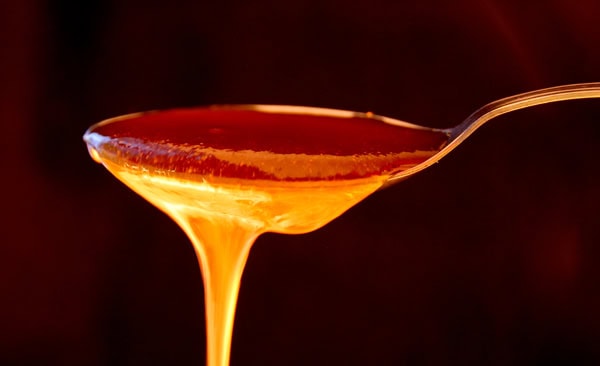
[Image above] Credit: Domiriel; Flickr; CC BY-NC 2.0
My husband is what you would call an Apple fanboy.
He will likely shun the designation, but it’s official—he’s watched every Apple keynote, like, ever; purchases nearly every “new” version of every Apple product to come to market; and can spout product specs like I talk, well, nothing.

Sorry, hubs. Your Instagram feed reveals you’ve got major love for me and Apple. Credit: @mannymacfly
Regardless of his love for the innovation born from the house of Jobs/Cook, it’s been awhile since he’s gotten pumped about a product release.
Enter the Apple Watch.
Since last Monday’s Apple event, all I’ve heard about is the Apple Watch. Apple Watch this, pre-order that.
I won’t be springing for the all-in-one timekeeper/fitness tracker/life changer this spring, but lots of people will. Fortune estimates that Cook and company could sell anywhere from 8 million to 41 million units.
The most basic watch starts at $349; the Apple Watch Edition, a.k.a., the gold one, will set you back somewhere between $10,000 and $17,000.
“The Edition collection features eight uniquely elegant expressions of Apple Watch,” states the Apple website. “Each has a watch case crafted from 18-karat gold that our metallurgists have developed to be up to twice as hard as standard gold. The display is protected by polished sapphire crystal. And an exquisitely designed band provides a striking complement.”
Considering the cost, one might assume that the extra-strong watch case is pure gold.
But you know what they say about people who assume.
According to the company’s patent filings, the watch “uses as little gold as possible.” Apple’s application reveals that the extra-strong gold timepiece is an alloy—a metal matrix composite (MMC) combined with a ceramic powder. The mixture, which according to the filing is 75% gold and 25% ceramic reinforcement, is compressed into a die to achieve near net shape and is heated to sinter the metal and ceramic together.
“… the metal matrix composite can include in addition to gold any of the following in any combination: boron carbide, diamond, cubic boron nitride, titanium nitride (TiN), iron aluminum silicate (garnet), silicon carbide, aluminum nitride, aluminum oxide, sapphire powder, yttrium oxide, zirconia, and tungsten carbide. The choice of materials used with the gold in the metal matrix composite can be based upon many factors such as color, desired density (perceived as heft), an amount of gold required to meet design/marketing criteria, and so on.”
If you want to, and I assume many of you will, you can dig deeper into Apple’s methodology, which also includes the use of a diamond mixture and wetting agent, within the patent application.
What many might see as purely a cost-cutting measure is really a matter of material performance—the addition of ceramic particles to the MMC make Apple’s gold “twice as hard” (400 Hv according to the Vickers test), more scratch resistant, and less dense. Given the beating a watch can take, a cheaper, stronger, lighter, and more scratch-proof “wrist-puter” is a huge win for Cupertino’s profit monster—and the use of ceramics a win for the collective “us.”
Gizmodo has a pretty comprehensive view of the “crazy metallurgy” the company is using in all of its Apple Watch models. Head over to check it out and then tell me, in the comments or through our social channels, whether you’re considering grabbing one when it launches.
Author
Jessica McMathis
CTT Categories
- Electronics
- Material Innovations
- Weekly Column: “Other materials”

